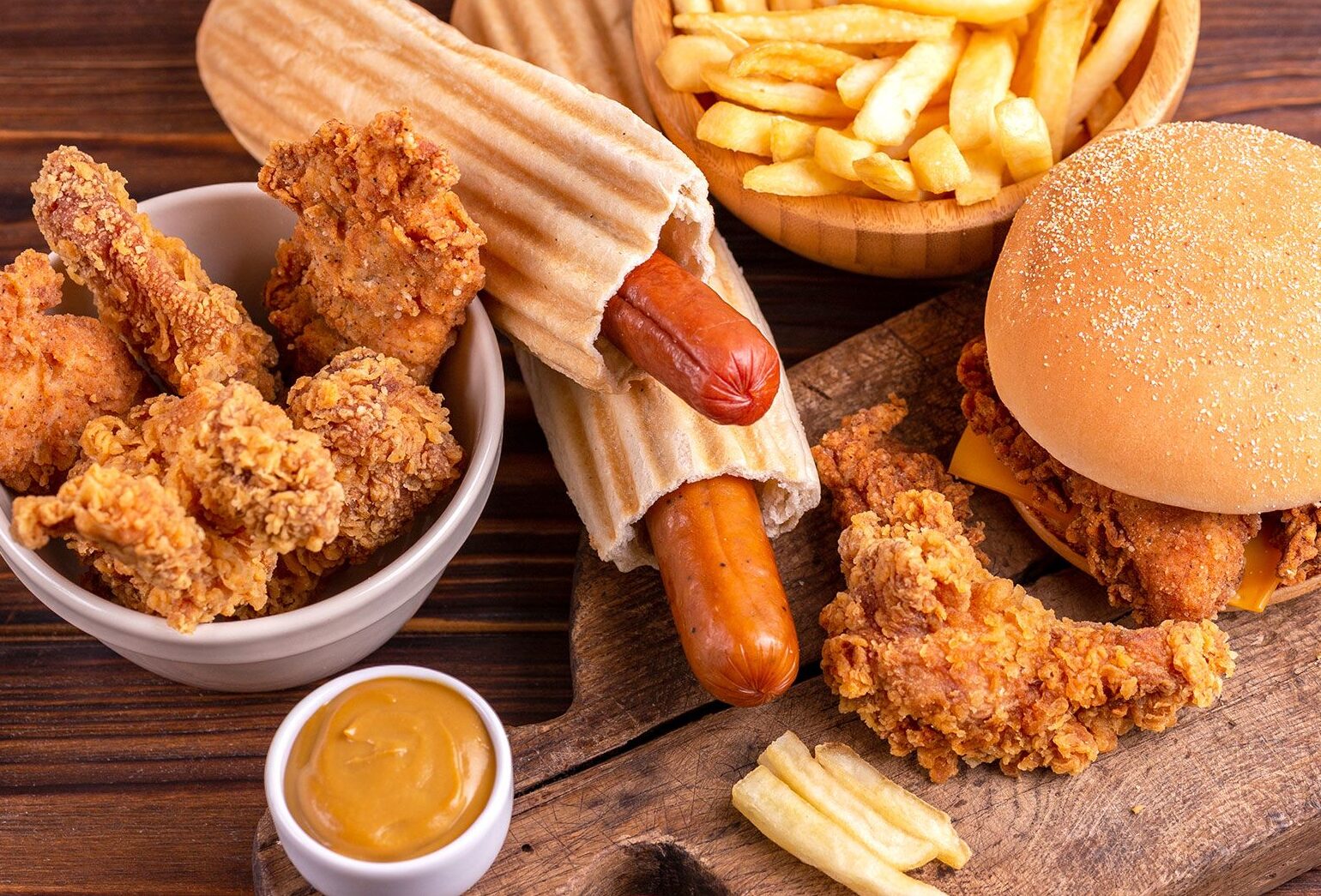The American Heart Association (AHA) has released new guidelines on ultraprocessed foods (UPFs), warning that most of them are harmful but acknowledging a few exceptions that may fit into a healthy diet.
The announcement comes just before the second “Make America Healthy Again” (MAHA) Commission report, led by US Health and Human Services Secretary Robert F. Kennedy Jr. The first report, published in May, highlighted how UPFs are fueling chronic illnesses in children. The next one, expected this week, will propose new policy changes.
Most UPFs are harmful, but not all
The AHA’s message is blunt: the majority of ultraprocessed foods damage health, especially heart health, and the food industry should be held accountable.
But in a surprising twist, the new guidelines, published Friday in Circulation, suggest that not every UPF is equally bad. Foods like certain whole grain breads, low-sugar yogurts, tomato sauces, and nut or bean-based spreads may be acceptable in moderation. Even so, the group warns these “healthier” UPFs must be closely monitored.
“Let’s not give the industry a pass just because a few products are less harmful than the rest,” said Christopher Gardner, vice chair of the AHA report and professor at Stanford University. “Most UPFs are still packed with sugar, salt, fat, and additives that drive overeating and health problems.”
Americans eat too many UPFs
The warning couldn’t be more timely. According to new data from the US Centers for Disease Control and Prevention (CDC), more than half of Americans’ daily calories come from ultraprocessed foods. For children, that number is even higher at 62%.
Studies show the risks are serious. A February 2024 review of nearly 10 million people found that eating just one extra serving of UPFs a day raised the risk of death from heart disease by about 50%. Other risks linked to UPFs include:
- 55% higher chance of obesity
- 41% higher risk of sleep disorders
- 40% higher risk of type 2 diabetes
- 20% higher risk of depression
The AHA recommends cutting back as much as possible on foods high in unhealthy fats, sugar, and salt, while allowing limited amounts of select, affordable UPFs that meet better nutrition standards.
Experts divided on “healthy UPFs”
Not everyone agrees with the AHA’s softer stance on a handful of ultraprocessed foods. Marion Nestle, professor emerita at New York University, criticized the guidelines, arguing that even so-called healthy UPFs can trigger overeating.
She pointed to a recent UK study where people lost more weight on meals made from minimally processed ingredients at home compared to diets based on healthier UPFs. “Whole foods still come out ahead,” she said.
Which UPFs are good, bad, and in-between
The AHA has sorted ultraprocessed foods into three broad categories:
Healthiest options:
- Fresh or frozen fruits and vegetables (no added sugar/salt)
- Whole grains like oats and brown rice
- Unsalted nuts, seeds, beans, legumes
- Plant oils
- Low-fat plain milk or yogurt
- Lean, unprocessed meats
- Unsweetened drinks and water
- Some plant-based meat/dairy with low sugar, salt, and fat
Moderately healthy foods:
- White rice and pasta
- Full-fat dairy
- Fresh refined-grain bread
- Salted nuts, canned beans, canned fruits in light syrup
- Hard cheeses
- Low-fat soups
- Store-bought meals made with mostly healthy ingredients
Unhealthy foods:
- Processed meats (chicken nuggets, hot dogs, sausages)
- High-fat red meats, pork, butter, lard, coconut oil
- Sour cream, refined grain breads, rolls, tortillas
- Sugary drinks and energy drinks
- Chips, fries, cookies, candies, ice cream, instant noodles, boxed macaroni, pizza
- Crackers, gummy snacks, sweetened dried fruit
- Some canned soups and fruits in syrup
The bottom line? While a few UPFs may have a place in a balanced diet, the vast majority are still linked to serious health risks. Experts say cutting back wherever possible remains the safest bet.






